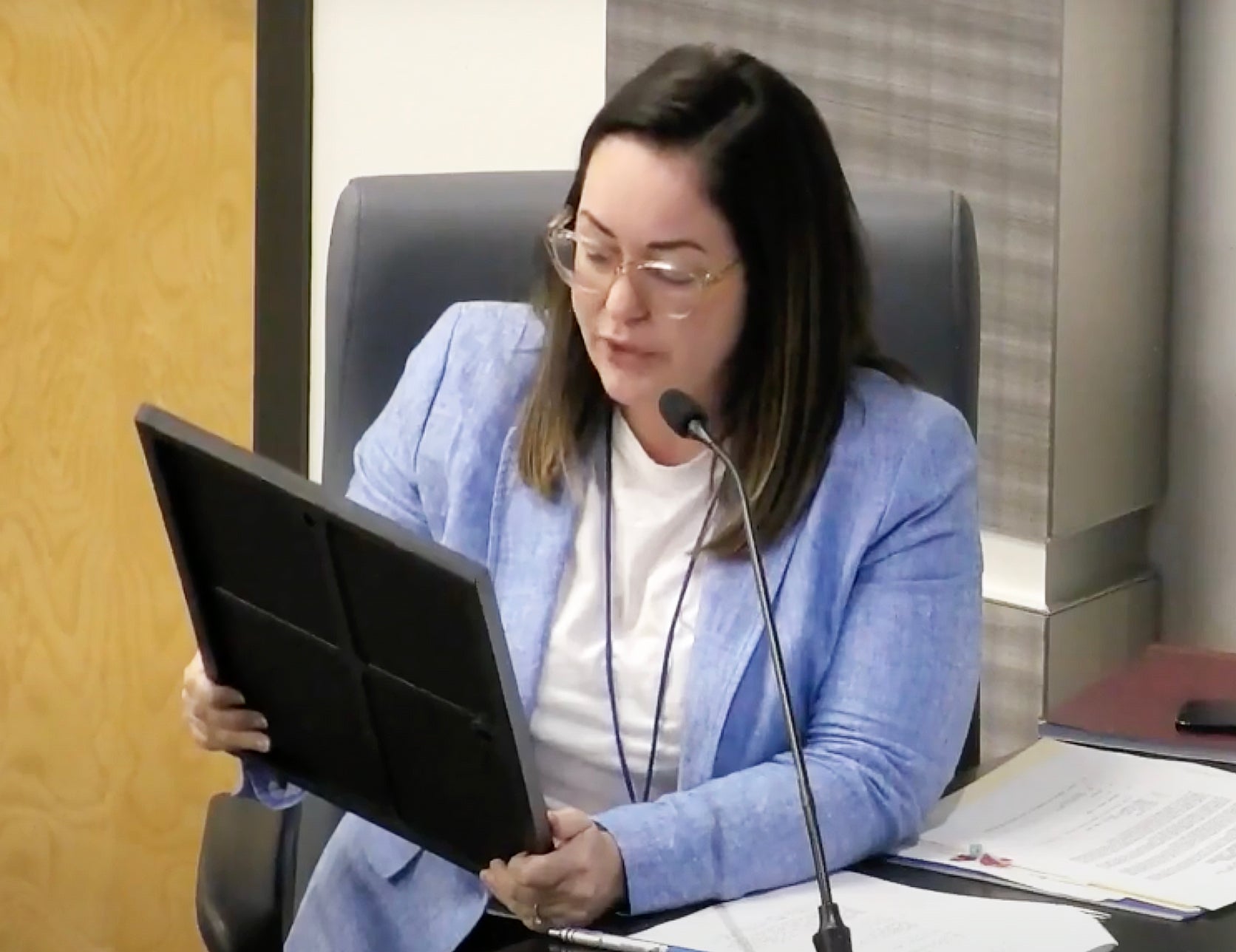St. John water under watch order
Published 11:45 pm Tuesday, September 2, 2014
From staff reports
L’Observateur
LAPLACE — Some St. John the Baptist residents may notice discoloration or cloudiness in the water and slight increases in the smell and taste of chlorine as parish officials deal with an ameba detection in the water system.
In response to an emergency order issued by the Department of Health and Hospitals due to detection of the Naegleria fowleri ameba in Water District No. 1, St. John leaders said a chlorine burn began at 7 a.m. Thursday at the Lions Water Treatment Plant.
This impacts residents in Reserve, Garyville and Mt. Airy, as well as those located west of River Parishes Hospital and on West 5th St. from Apricot Street to Acorn Street, who are served by the Lions Plant.
The process involves maintaining 1.0 parts per million of free chlorine throughout the system for 60 days and 2.0 parts per million for all storage tanks for 30 days.
There are no related adverse health effects with this process, but residents may notice some discoloration or cloudiness in the water and slight increases in the smell and taste of chlorine.
The water remains safe for drinking, bathing and cooking, parish officials said, but residents are advised to take precautions by avoiding water entering deep into the nasal cavity. This also applies to lakes, ponds, streams and rivers, where the ameba is known to thrive in hot conditions.
While Water Districts No. 2 and No. 3 (Ruddock and West Bank Water Systems) are not impacted by the detection, according to parish officials, the utilities department is conducting additional sampling and flushing of hydrants. As a result, increased levels of chlorine in these systems may be required.
Residents should not experience much change in the smell or taste of the water.
According to the Centers for Disease Control, personal actions to reduce the risk of Naegleria fowleri infection should focus on limiting the amount of water going up a person’s nose and lowering the chances that Naegleria fowleri may be in the water. Preventative measures recommended by the CDC include the following:
• DO NOT allow water to go up your nose or sniff water into your nose when bathing, showering, washing your face, or swimming in small hard plastic/blow-up pools.
• DO NOT jump into or put your head under bathing water (bathtubs, small hard plastic/blow-up pools) – walk or lower yourself in.
• DO NOT allow children to play unsupervised with hoses or sprinklers, as they may accidentally squirt water up their nose. Avoid slip-n-slides or other activities where it is difficult to prevent water going up the nose.
• DO run bath and shower taps and hoses for five minutes before use to flush out the pipes. This is most important the first time you use the tap after the water utility raises the disinfectant level.
• DO keep small hard plastic/blow-up pools clean by emptying, scrubbing, and allowing them to dry after each use.
• DO use only boiled and cooled, distilled or sterile water for making sinus rinse solutions for neti pots or performing ritual ablutions.
• DO keep your swimming pool adequately disinfected before and during use. Adequate disinfection means:
• Pools: free chlorine at 1-3 parts per million (ppm) and pH 7.2-7.8, and
• Hot tubs/spas: free chlorine 2-4 parts per million (ppm) or free bromine 4-6 ppm and pH 7.2-7.8.
• If you need to top off the water in your swimming pool with tap water, place the hose directly into the skimmer box and ensure that the filter is running. Do not top off by placing the hose in the body of the pool.





